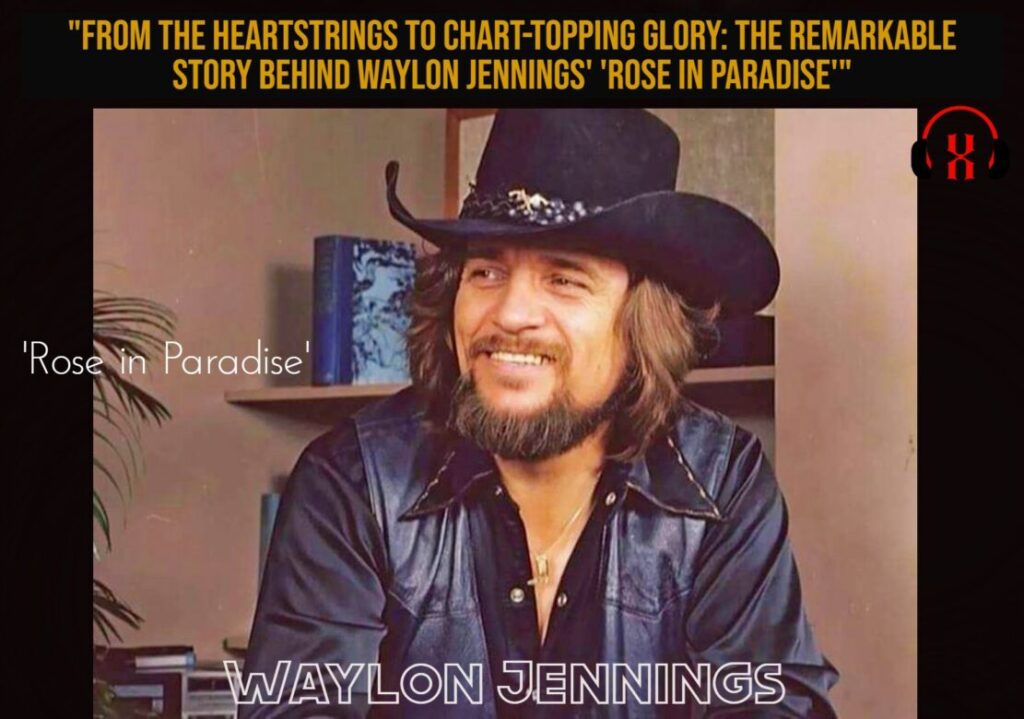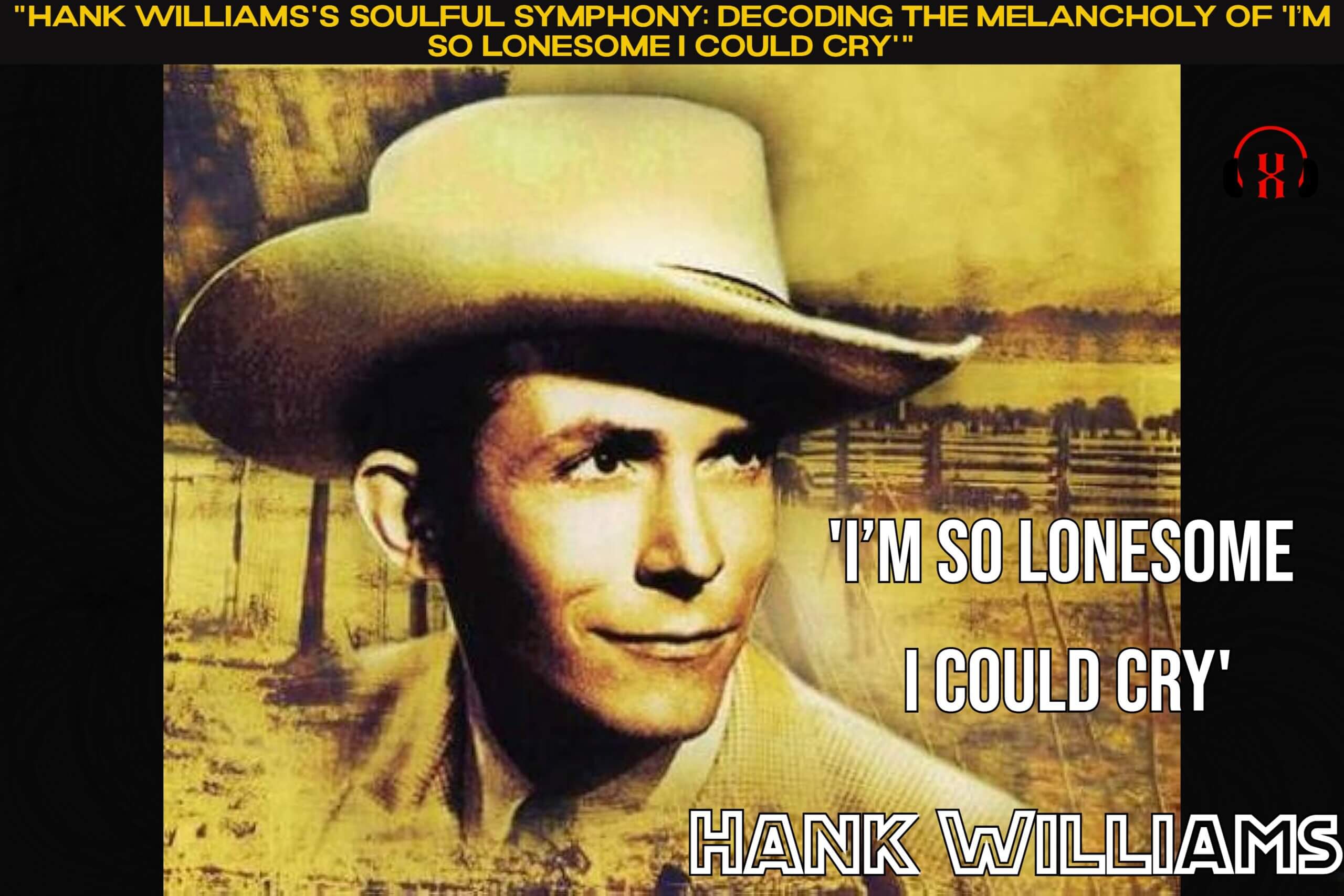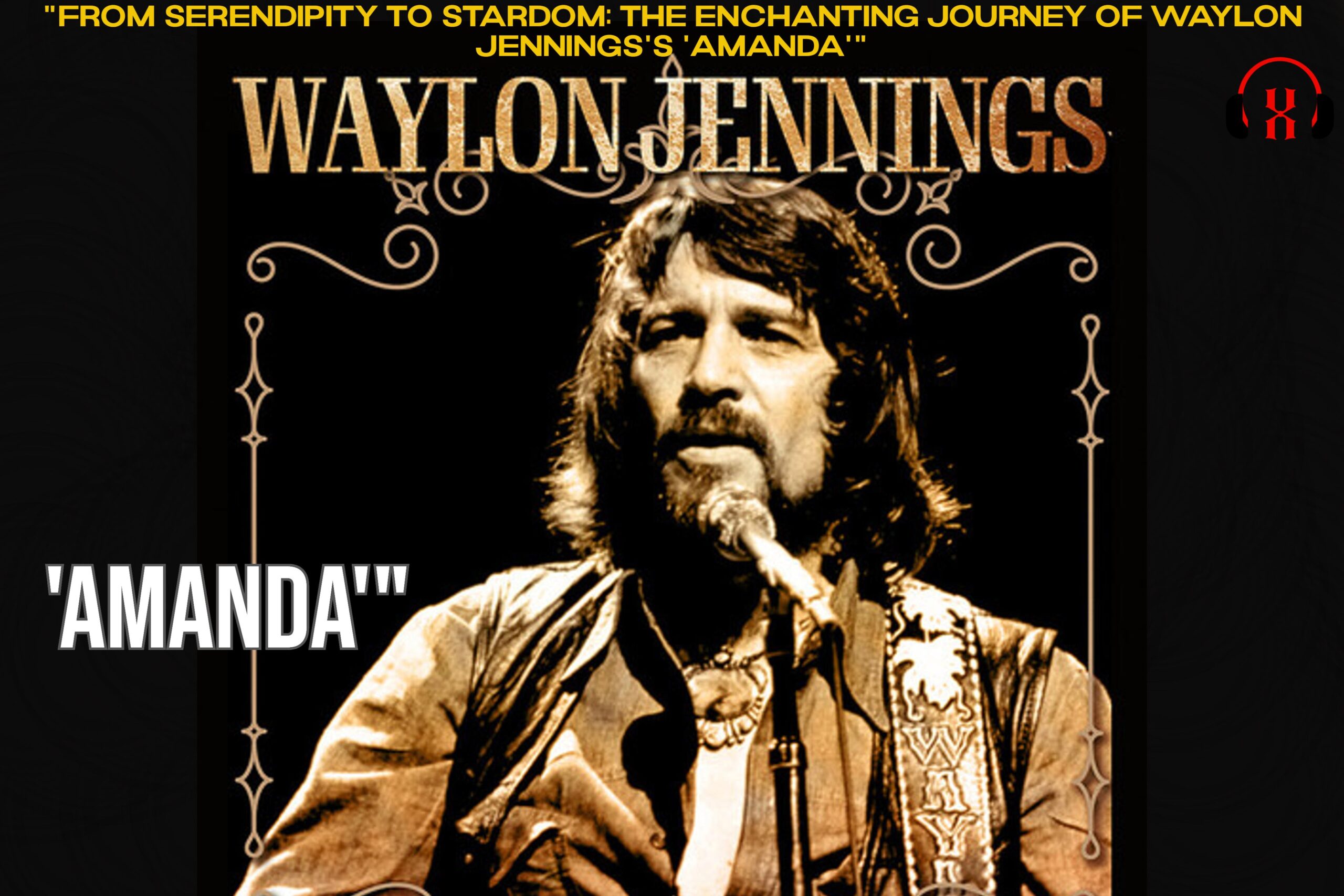![]()
Unraveling the Enchanting Tale of Waylon Jennings‘s “Amanda”
Once upon a musical time, in 1979, Waylon Jennings found himself at a creative crossroads. His highly anticipated album, “Tennessee Waltz,” lacked that one unforgettable hit single, much to everyone’s disappointment. To meet the schedule, the album was pulled, but RCA came up with a brilliant idea – a “Greatest Hits” release with a twist. They decided to feature a single that had never been released before. And so, the captivating song “Amanda” made its debut, stealing hearts everywhere.
The roots of “Amanda” trace back to 1974 when Jennings recorded it for his “Ramblin’ Man” album. Surprisingly, it wasn’t the first time this soul-stirring melody graced the airwaves. Don Williams had already captured its magic as the “B” side of his 1973 single, “Come Early Morning,” while the “A” side took flight and reached #12 on the charts. Little did anyone know that “Amanda” would later rise to even greater heights.
The story behind the creation of this song is as intriguing as its journey to fame. Written by the talented Bob McDill, he described it as an “apology to my wife,” leaving listeners to wonder about the intimate inspiration behind the heartfelt lyrics. Bob had originally approached Waylon with the song, but fate played its hand, and the track ended up at the front desk of Waylon’s office. Regrettably, Waylon didn’t get to hear it at the time.
The turning point came when Don Williams’ rendition began receiving widespread acclaim. Waylon, in disbelief, heard it on the radio and immediately contacted Bob, expressing, “That’s the story of my life, Hoss. Why didn’t you give me that song?” It turned out Bob had left the song on Waylon’s receptionist’s desk, hoping he would discover its treasure. Eventually, the stars aligned, and Waylon vowed to record “Amanda” someday.
True to his word, in 1979, Waylon released the enchanting ballad “Amanda” as a single. The version was nearly identical to the one recorded in ’74, except for one cleverly updated line referring to Waylon’s age. The song struck a chord with listeners, soaring to Billboard’s #1 position in a mere six weeks. It stayed at the top for three consecutive weeks, solidifying “Amanda” as a timeless classic in the country music landscape.
Meanwhile, Waylon’s “Greatest Hits” album experienced an unprecedented chart journey. It swiftly climbed the ranks, securing the #1 spot on June 2, 1979, and lingering in the Top Five for over a year until July 5, 1980. The album’s longevity and overwhelming success made history when it became the first country album to surpass four million units sold by 1984.
The tale of “Amanda” is not only one of musical prowess but also of serendipity and the essence of life’s journey. It reminds us that sometimes, the most cherished gems are discovered when we least expect them. This soulful melody will forever echo in the hearts of those who embrace its timeless magic, leaving us mesmerized by the artistry of Waylon Jennings and the enigmatic story behind “Amanda.”
- Album: The Ramblin’ Man
- Artist: Waylon Jennings
- Released: 1974
Lyrics
I’ve held it all inward, God knows, I’ve tried
But it’s an awful awakening in a country boy’s life
To look in the mirror in total surprise
At the hair on my shoulders and the age in my eyes
Amanda, light of my life
Fate should have made you a gentleman’s wife
Amanda, light of my life
Fate should have made you a gentleman’s wife
It’s a measure of people who don’t understand
The pleasures of life in a hillbilly band
I got my first guitar when I was fourteen
Now I’m over thirty, still wearing jeans
Amanda, light of my life
Fate should have made you a gentleman’s wife
Amanda, light of my life
Fate should have made you a gentleman’s wife







Comment on ““From Serendipity to Stardom: The Enchanting Journey of Waylon Jennings’s ‘Amanda'””